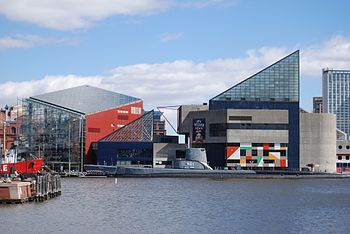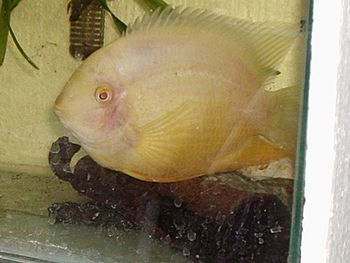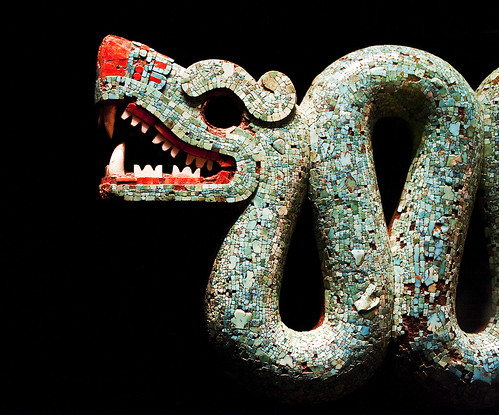 |
| National Aquarium In Baltimore (Photo credit: Wikipedia) |
This is the most popular tourist attractions in Baltimore. This is one of the biggest aquariums located in the United States. The Aquarium is crowded on the weekends and holidays. The aquarium provides a dolphin show which is a favorite event for the children as well as the adults. The other popular event in Aquarium is the 4-D immersion theater. You can get the aquarium tickets with or without the two shows.
There are several exhibits in Aquarium such as:
- Jellies invasion
- Our ocean planet - new dolphin show
- 4 D immersion theater
- Animal planet Australia
Prior planning is required for visiting the National Aquarium. The aquarium offers several shows and events and hence the aquarium is always busy. Reserve your tickets during weekends and holidays. There are animals from different spices such as Australian animals, Amphibians, birds, fish, invertebrates, mammals and reptiles.
The animals in the aquarium are unique and children enjoy watching the animals. The exhibits of the aquarium began with small local animals but later the visitors are surprised with sharks, rays, and very large creatures. The hours and price for the shows get vary according to the weather and season.
The admission fee for an adult to the aquarium is segmented as total experience package dolphin show package and aquarium admission. The total experience packages fee for adult is $29.95 for the age group of 12 to 59. The senior citizens are admitted with a fee of $28.95. The children from the age of 3 to 12 are charged a fee of $24.95. (Please check here for newer information)
Have fun in the Baltimore Aquarium
Article Source: EzineArticles
|






